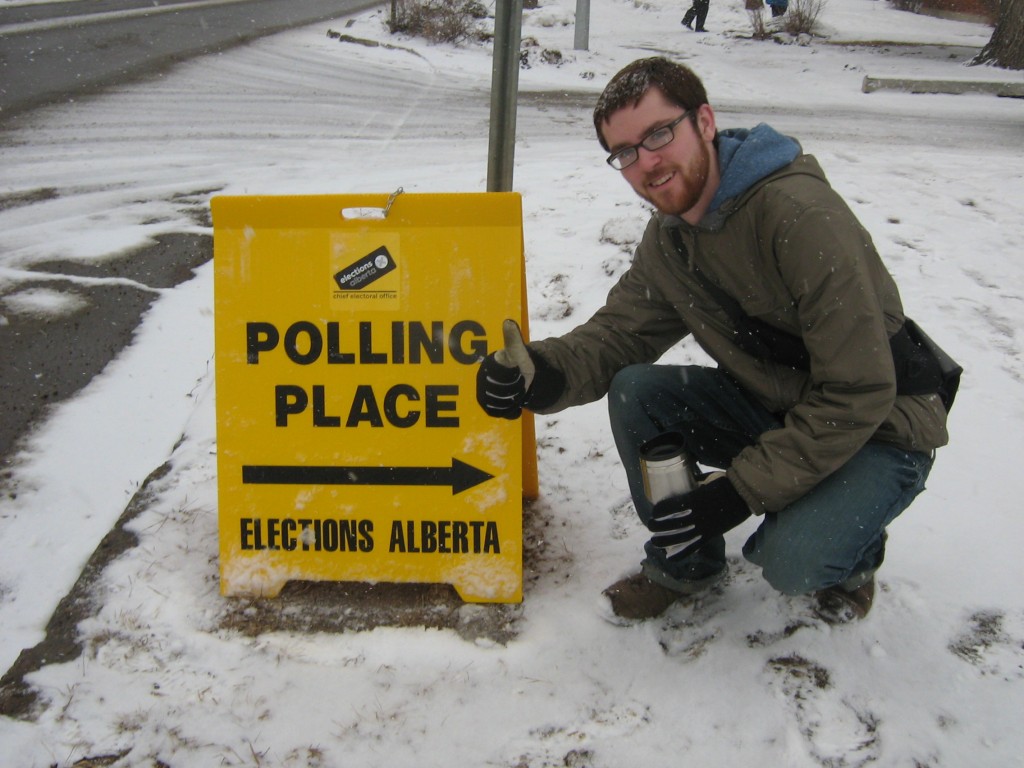
Edmonton-Riverview MLA Kevin Taft is continuing his court battle over the administration of Alberta’s 2008 provincial election by launching a charter challenge.
As reported by the Edmonton Journal‘s Sheila Pratt, Dr. Taft’s lawyer Grant Dunlop has argued the government has a legal obligation to “create effective machinery” to make it as easy as possible for people to vote, including accurate voters lists. In the lead up to the 2008 election, the government delayed appointing returning officers which also delayed the enumeration process, leaving the official voters list inaccurate and incomplete.
An estimated 250,000 Albertans needed to be sworn-in at their polling stations due to incomplete lists, which led to large line-ups and many people not voting. The 2008 election saw the lowest voter turnout in Alberta’s history (at an estimated 39%).
Last week, Elections Alberta admitted that there remains at least 300,000 people missing from the official voters lists.
Looking west, Albertans might take some inspiration for electoral changes that could improve the ability of our official electoral structure to engage with voters. British Columbia’s recently appointed Chief Electoral Officer Keith Archer, a former Albertan and retired University of Calgary academic, submitted a list of four recommendations (pdf) that could help modernize the election system and make voting more accessible in that province:
1) Voter-centric election model: Modernizing language in the Elections Act that restricts duties to specific elections officials, allowing for better flexibility when helping voters participate in the elections process.
2) Efficient and effective voter registration: Legislators consider providing greater flexibility to the Chief Electoral Officer to determine the best process for conducting enumerations to ensure the most efficient and cost-effective methodologies are used to ensure a high quality voters list.
3) Encouraging youth participation: Improving the accessibility of registration opportunities for youth by engaging these future voters before they reach voting age. Permitting early registration at age 16 would allow Elections BC to work with schools and the driver licensing program to ensure maximum exposure to the registration process for young voters. Voting age will remain at age 18.
4) Trialling new voting technologies: Providing greater flexibility to the Chief Electoral Officer to introduce, on a pilot basis, new voting technologies. An August 2011 discussion paper on Internet voting showed that there is a growing interest amongst voters in the possibility of implementing online voting or other new technologies.
